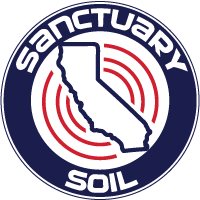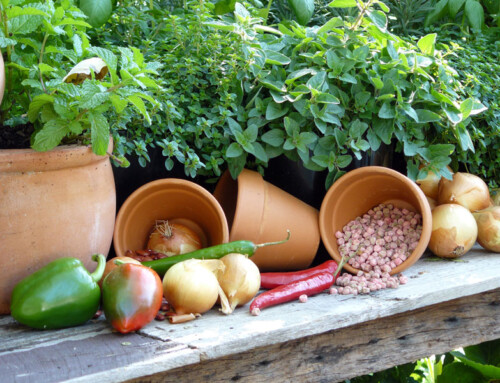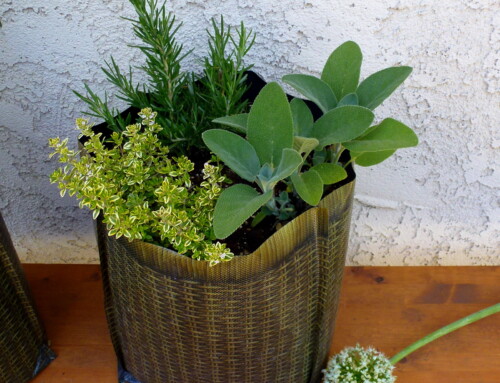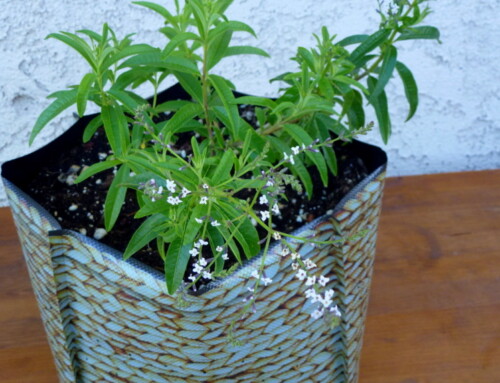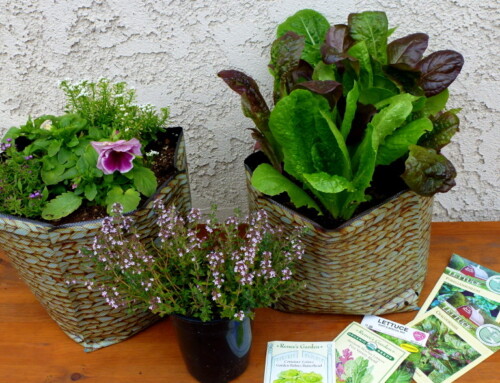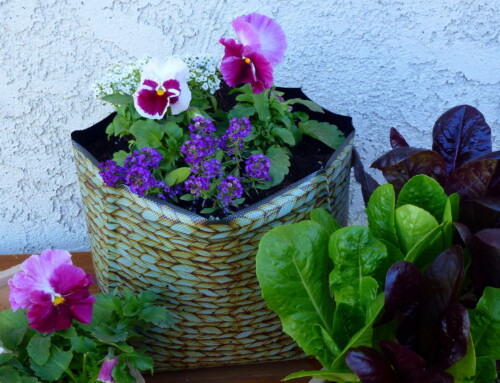Fall Gardening Maintenance
Every gardener knows under the cloak of winter lies a miracle…
a seed waiting to sprout,
a bulb opening to light,
a bud straining to unfurl.
And the anticipation nurtures our dreams.
quote by Barbara WinklerBefore we enter the quiet of those long winter months, we must take advantage of the fall to prepare for the seasons to come. Autumn is the perfect time for assessing, designing, and improving your gardens. Consider your landscaping and perform grounds and tool maintenance. Perform a soil test; sharpen your garden tools; clean your lawnmower for storage; improve soil, and mulch garden beds for next season. Those little efforts now will help your garden thrive come springtime.
Use this simple fall gardening checklist:
– As temperatures start to cool, stop fertilizing, and water plants less.
– Depending on your region and personal preferences, you may wish to cut back certain plants. Ask a local gardening expert what he or she recommends for your plants.
– Take the time to dispose of any diseased or infested plant debris to avoid re-entry of the problem in the Spring.
– One last weeding will help to improve the appearance of your garden throughout the remaining months of autumn. Remember, each weed that you eliminate now may possibly prevent hundreds of weeds from sprouting in your garden next spring.
– In certain regions, strawberries planted now will be able to yield fruit in October and November. Strawberries produce well for about three years. Other than eating them, your next task will be to replace the old plants with new ones in that 3rd year.
– Take cuttings, if desired, to winter indoors.
– Plant trees and shrubs. Keep these well-watered after planting so they can get used to their new environment before colder weather hits.
– Before heavy frosts begin, burlap wrap any plants that would benefit .
– Prune any diseased or stressed tree/shrub limbs, shoots now – while the healthy parts of the plant are more easily differentiated.
– Assess which plants and shrubs have done well in your gardens and which have not. Jot notes down for next season’s planning. Take photos of your successes and rough spots. Plan your spring bulb garden now.
– As needed, divide perennials and transplant newly divided bulbs. Try for a mild, overcast day to minimize stress to plants/bulbs.
– Once temperatures hit 60 degrees, prepare soil beds and plant Spring-flowering bulbs.
– Cut back flowers that have stopped blooming and/or stop deadheading seed heads early in the season if you want plants to self-sow. Wildflower and ornamental perennial seeds can be harvested and sowed now or within the next couple of months.
– You may wish to leave ornamental grasses as-they-are. During the winter months, they can help maintain a well landswcaped appearance.
– Rake and clear fallen leaves, fruit, and dried brush.
– Watch for frost warnings; protect/cover plants and vegetables as needed.
– Don’t forget your compost bin or pile, turn it with a pitchfork or garden fork.
– Bring summer houseplants back indoors for the cooler months when nighttime lows drop into the 50′s. Outside, spray all plants gently with water to dislodge any unwanted pests; examine plants carefully before bringing them indoors.
– Once you have watered your last outdoor plant and cleaned your garden tools for the season, drain and coil your garden hoses. Put tools, hoses, and portable sprinkler systems in storage.
– Pick herbs to freeze and/or dry. Be sure to take any unripe tomatoes or cucumbers inside before frost. You can wrap them with newspaper and leave in a cool, dark place to ripen or use them in creative cooking pursuits.
– Reap the harvest of the vegetables and herbs still in your garden. Preserve, puree, can, or freeze, not forgetting to share with your friends and neighbors.
Now that you have completed all these rewarding Fall tasks, walk around your yard. Take photos and look at your landscape. Decide what has worked well and what you might like to see in the future. Outdoor lighting, retaining walls, patios, decking, and other structures can also be considered on your Fall gardening checklist. Keep in mind sustainable gardening practices and how best to incorporate organic and re-purposed materials.
As you go through your fall tasks, keep in mind your local Sanctuary Soil dealer for soil assessments, compost materials and soil amendments. Sanctuary Soil products can enhance your garden with the benefits of organic and re-purposed materials.
Fall Garden Check List, Organic Garden, Fall Gardening Tasks

